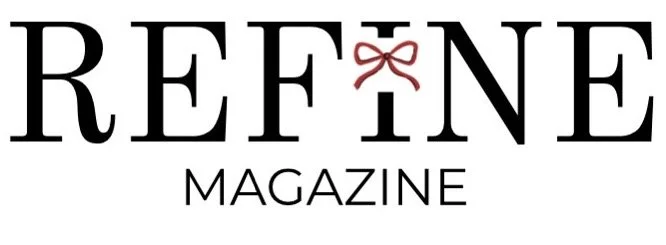Gender Norms Don’t Have to Define Us
Photo by Dani Meenan
By Emily Beatty
For many of us, our physical appearance is an opportunity to tell the world who we are. Our clothes, hairstyles, accessories, and general mannerisms give others an idea of what we may like or what kind of person we may be.
It’s no secret that gender stereotypes influence how people express themselves, but how do these expectations impact our opinions of others? What do we think of people who challenge them, and why?
Women in particular fall victim to negative opinions about their experiences when they oppose feminine ideals. Some women prefer to present themselves in masculine ways—they wear masculine or androgynous clothing, adopt masculine personality traits, and may even pursue stereotypically masculine careers.
But when these women present themselves in this way, the responses are often harsh and demeaning. These women are socially ostracized because they question the standard gender binary through their masculinity. For those of them who identify as lesbians, or as “butch” lesbians, the rejection is even harsher.
Butch lesbians are women who present themselves in a distinctly masculine way. They often have short haircuts, wear men’s clothing and accessories, and may go by a masculine name. Of course, butch lesbians are incredibly diverse in their appearances and identities, but these qualities are fairly consistent among them.
Through the combination of their masculine appearances and their sexuality, butch women are seen as inferior and frequently face discrimination in personal and public spaces.
One woman, Jameka Evans, claims she was harassed for her sexual orientation and appearance, eventually causing her to leave her position as a security guard at Georgia Regional Hospital. In 2015, Evans filed a complaint that her employer had discriminated against her on the basis of her gender-nonconformity and her sexuality.
Photo by Dani Meenan
However, Evans has been unsuccessful in her initial attempt and subsequent appeals to find her employer guilty of either form of discrimination. Her case was rejected multiple times because there is currently no federal law prohibiting sexual orientation discrimination. In fact, the only law prohibiting gender expression discrimination relies on an outdated legal precedent.
This precedent, established in 1989 through Price Waterhouse v. Hopkins, amended the Civil Rights Act of 1964, which protects people against discrimination of sex, race, religion, color, and national origin. The case determined that gender stereotyping was a form of sex discrimination, and has been used to combat various forms of sex discrimination in the decades following its passage.
However, the experiences of women like Jameka Evans show us that sex discrimination is alive and well because many people are not receiving adequate protection from the precedent. The historical case has not provided an avenue to use the coverage of gender stereotypes to expand the law’s protection even further, so a large majority of those experiencing gender-based discrimination are left without a way to fight back against prejudice.
This form of discrimination affects more than masculine women; it affects many others, including feminine men, nonbinary individuals, and others who reject the socially acceptable standards for their appearance. So what can be done to prevent harmful experiences for these individuals?
One way to combat this problem is to introduce new legal protection. The Equality Act was originally introduced into Congress in 1974, but it has received countless alterations in the decades since. The bill has yet to be passed by both the House and the Senate, but it seems like a viable way to protect those who question gender stereotypes through their appearances.
The Equality Act directly amends the Civil Rights Act of 1964 by altering the original language to be more inclusive and deliberate in its protection of particular social groups. This means that those experiencing gender-based discrimination would not have to find loopholes in the Price Waterhouse precedent and instead could build a successful case based on this new law.
But rejecting gender norms doesn’t have to exist solely in the legal sphere. People can also work to educate themselves on the various aspects of their identities, which may lead to greater acceptance of those who challenge gender expectations. It is far easier to recognize mistreatment of others when you’ve taken the time to understand what gender expression is and how it manifests in different people.
The ideas that we develop around gender as we grow up are influenced by what society has deemed “acceptable,” but there is nothing morally superior about these standards.
Rather, these standards actually restrict our ability to freely explore and express our gender. When we talk about gender expectations, we begin to understand the irrationality behind such restrictive boundaries, and we feel more comfortable moving beyond them.
Although gender-nonconforming people are still in the minority, their rejection of gender expression standards raises important questions about how we express ourselves and navigate the world. Their experiences show us why we ought to question what exactly is “natural” about gender and how we can make gender expression less daunting and more empowering.


